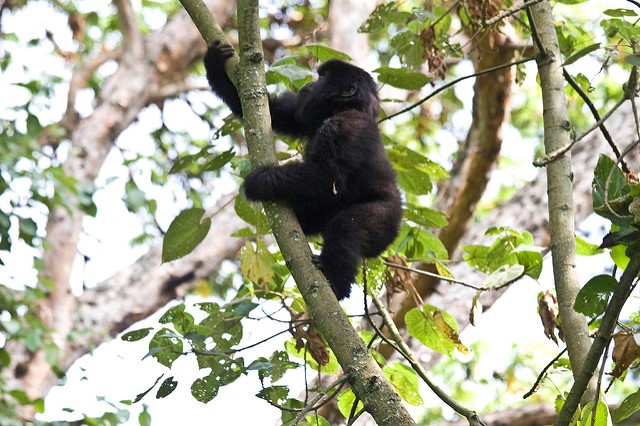General
Preparing For A Gorilla Trekking Holiday: The Essentials

You love the great apes and have decided to view them in their home – the natural rainforest habitat of Uganda. How should you prepare for your trip? Here are a few helpful hints to give you the essential low-down on preparing for your inspiring gorilla-gazing holiday.

Where to go
Around 400 gorillas live within the Bwindi Forest National Park in Uganda. Nine families of gorillas, each comprising around 10-15 apes, have been habituated – although they remain wild animals, they are familiar with humans and unlikely to attack them when watched. For more information on travel to Uganda, visit Tourism Uganda.
When to Travel
The high season when Europeans tend to take their holidays – Christmas, December-February and June-September – fortunately corresponds with the dry/drier season in Uganda; low season is rainy March-May and October-November.
A holiday during the rainy season will not only be more slippery and muddy but also the gorillas you have come to see do not need to search so far for their food and tend to hang out in the lowlands; therefore, treks into the forest may be as short as under two hours.
Trekking Permits
The downsides of taking your trip in high season are the greater number of visitors and that trekking permits will be a bit more expensive to reflect the increased demand.
If you are travelling independently, obtaining a trekking permit can be tricky to organise and obtain, especially in high season; however, a good travel company such as http://www.steppestravel.co.uk will take care of such paperwork for you to make your holiday preparations stress-free.
What to Pack
– Clothes you don’t mind getting ruined, as you will be trekking through a lot of mud!
– A fleece or light jacket. Although you are unlikely to be cold when trekking in the humid forest, it can be chilly when you stop to eat or are waiting around for word on the gorillas’ location.
– Sturdy trekking shoes, water-resistant and with good traction.
– Cameras and rain protection – either a dry sack for your camera or simply a plastic bag to put your equipment in if it rains, which it is sure to do at some point. There is a good reason it is called a rainforest!
– Sunscreen and bug spray: absolute essentials!
-

 Tech11 years ago
Tech11 years agoCreating An e-Commerce Website
-

 Tech11 years ago
Tech11 years agoDesign Template Guidelines For Mobile Apps
-

 Business6 years ago
Business6 years agoWhat Is AdsSupply? A Comprehensive Review
-

 Business10 years ago
Business10 years agoThe Key Types Of Brochure Printing Services
-

 Tech8 years ago
Tech8 years agoWhen To Send Your Bulk Messages?
-

 Tech5 years ago
Tech5 years ago5 Link Building Strategies You Can Apply For Local SEO
-

 Law5 years ago
Law5 years agoHow Can A Divorce Lawyer Help You Get Through Divorce?
-

 Home Improvement6 years ago
Home Improvement6 years agoHоw tо Kеер Antѕ Out оf Yоur Kitсhеn































